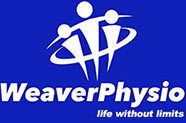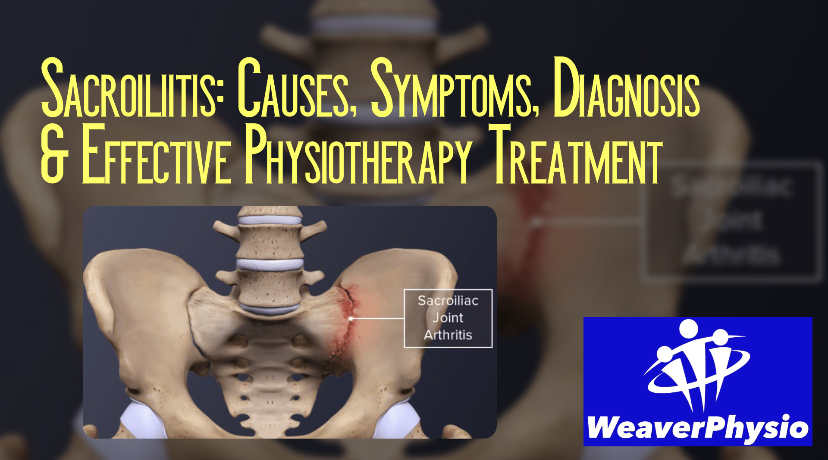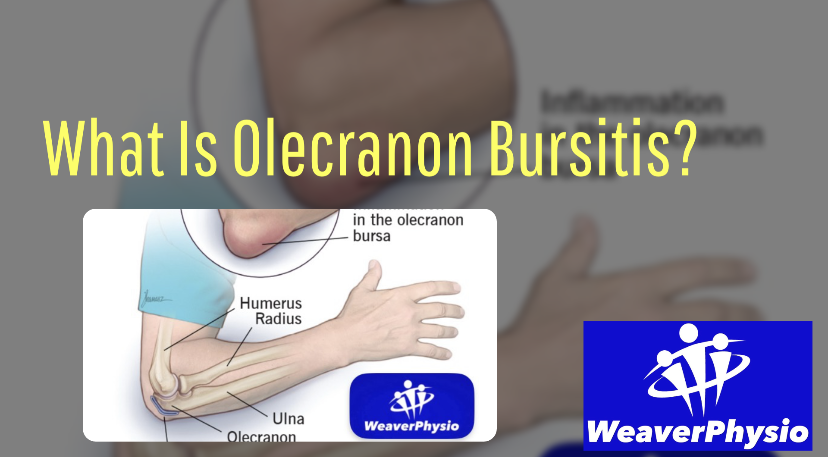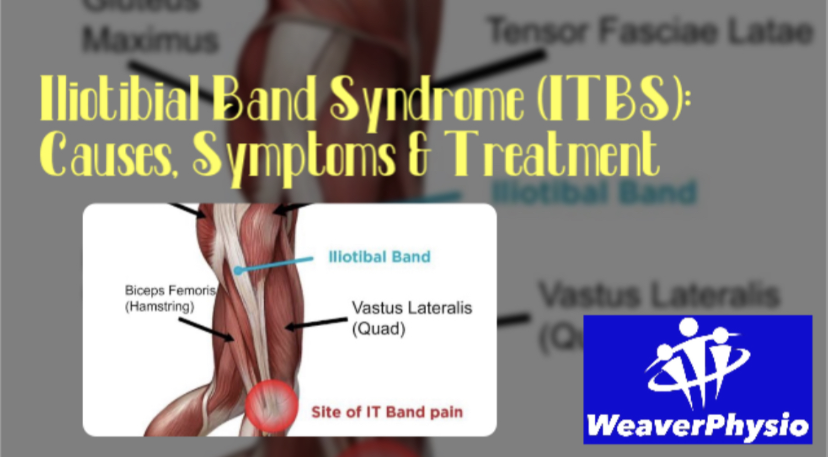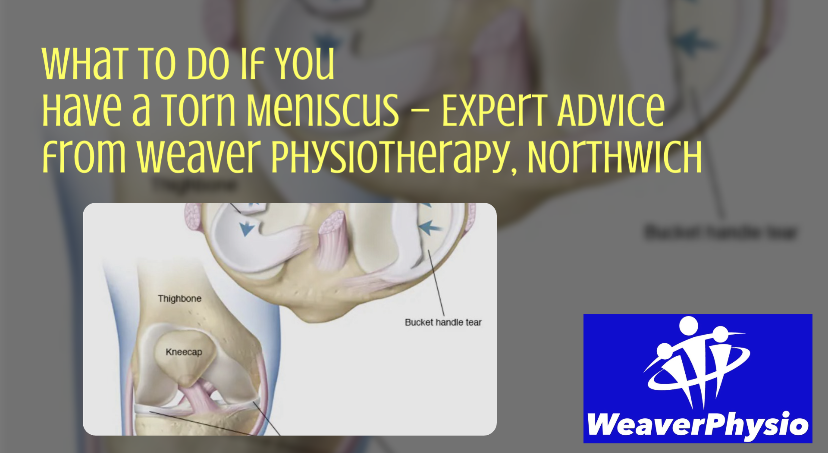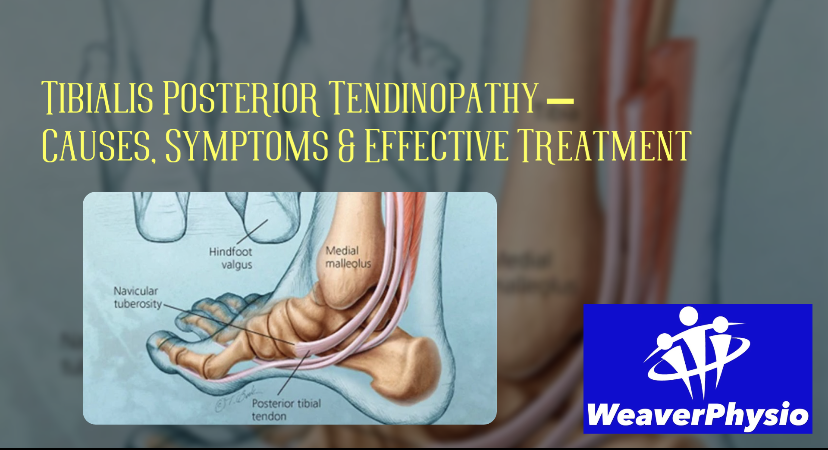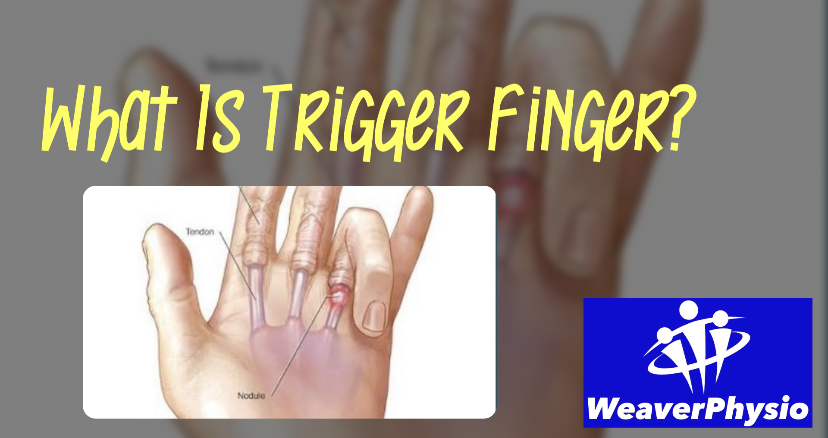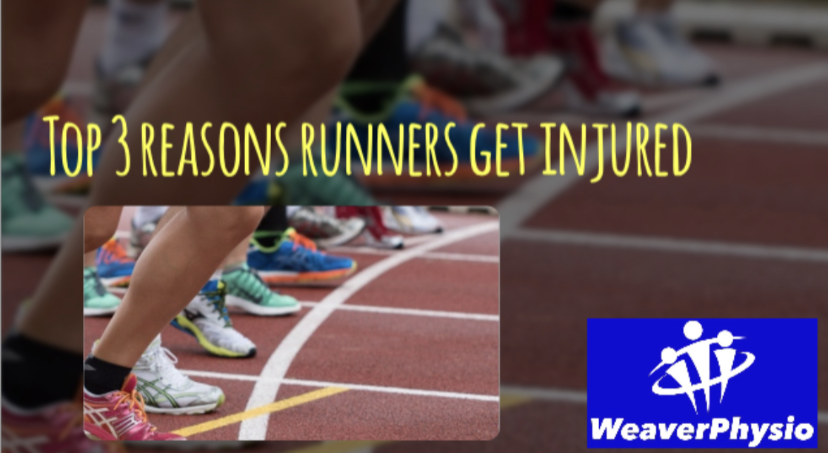Chronic Pain
February 10, 2020
Pain is as Individual as The Person Experiencing It

Pain means different things to different people, in different contexts, and based on different experiences. Acute, short-lived pain following a traumatic injury, in many cases heals. The pain that becomes increasingly hard to live with and manage, is the pain that has persisted month after month and often year after year, particularly when the source often can’t be diagnosed.
Living with chronic pain is almost a disease Its self. It slowly and progressively eats away at you, your
confidence, self- worth, and independence. It can consume your life and thoughts, often alienating you from your friends and family even your workplace. Living with pain is exhausting, lack of sleep, anxiety and depression often go hand in hand with pain, which in turn can lead to anger and frustration and problems with your relationships at home and with yourself.
And the physical pain can stop you from doing things you love, like taking walks, playing sports and socializing, which also has an impact on your mental health. You know the saying “it takes a village to raise a child”, well we believe it takes an army to survive and thrive with chronic pain. Although it’s important that you are in control and are the driver of your pain management, it would be unrealistic to assume you can do this alone. You need the support of friends and family, work colleges or associates and pain specialists
and therapists.
Physiotherapists are experts in handling pain, finding the source of the pain and treating your body holistically. Physical therapy can be very beneficial in managing chronic pain by promoting joint movement, using exercises to reduce stiffness and improve muscle strength – all of which can reduce your pain and improve your mobility which may help with daily activities. Specific nerve mobility treatments can help reduce sensitivity to pain and massage has always been a trusty stalwart as it reduces stress and anxiety as well as pain.
This month we’ve put together a range of resources that can help you learn to manage this pain, whatever pain level you’re at.
We have leaflets on the following topics:
- The Strain of Pain: Dispelling the myths behind chronic pain with strategies for managing your pain
- Understanding Chronic Pain
- Skills to Cope with Chronic Pain
- How Physical Therapy Can Help You if You Suffer from Chronic Pain
- How Pain Affects Your Life (infographic)
- Relaxation for Chronic Pain (exercise handout)
- Building Activity into Your Everyday Life If You Suffer from Musculoskeletal Pain
- Chronic Pain: Tips for Managing Activity Levels
These resources are packed with practical tips and advice, along with worksheets, exercise leaflets and infographics that combine to help you master your chronic pain.
You can download the resources here http://bit.ly/34P8hwe
If you’re living with pain on a regular basis, there are many ways we can help so if you need advice, please don’t hesitate to contact us.And if you know anyone who could benefit from any of these resources, please feel free to share this blog post with them.

Knee pain is one of the most common musculoskeletal complaints we see at Weaver Physiotherapy & Sports Injury Clinic in Northwich, Cheshire. From runners and athletes to office workers and retirees, knee problems can affect anyone. While many people are familiar with conditions such as arthritis, meniscus tears, or ligament injuries, one often-overlooked cause of knee swelling and discomfort is a Baker’s Cyst. Also known as a popliteal cyst, this condition can cause swelling behind the knee, stiffness, and reduced mobility – and if untreated, it may lead to ongoing pain or limit your ability to exercise, walk comfortably, or perform daily activities. In this in-depth guide, we’ll explain what a Baker’s Cyst is, the symptoms to look out for, why it develops, and most importantly – how physiotherapy can help you manage, treat, and prevent it. What is a Baker’s Cyst? A Baker’s Cyst is a fluid-filled swelling that develops behind the knee, in the popliteal space. It occurs when excess joint fluid (synovial fluid) escapes from the knee joint and collects in a small sac behind the knee. This fluid build-up is often a result of an underlying knee problem, such as: • Osteoarthritis (wear and tear of the knee joint) • Rheumatoid arthritis • Meniscus injuries (cartilage tears) • Ligament injuries • Knee joint inflammation The cyst itself is not dangerous, but it can be painful, restrict movement, and cause the back of the knee to feel tight – especially when bending or straightening the leg. Symptoms of a Baker’s Cyst Some people with a Baker’s Cyst may not experience symptoms at all, especially if the cyst is small. However, when symptoms do occur, they may include: ✔️ A noticeable lump or swelling behind the knee ✔️ Tightness or stiffness in the back of the knee ✔️ Pain or aching, particularly when straightening or bending the leg ✔️ Reduced flexibility and mobility ✔️ Swelling in the calf (if the cyst bursts and fluid leaks down the leg) In rare cases, a ruptured Baker’s Cyst can mimic the symptoms of a blood clot (deep vein thrombosis – DVT), with sudden calf swelling, pain, and redness. If you experience these symptoms, urgent medical assessment is required. Causes: Why Do Baker’s Cysts Develop? A Baker’s Cyst does not develop in isolation – it usually results from knee joint changes or injury that causes excess fluid production. Common causes include: 1. Arthritis • Osteoarthritis is a major cause. As the cartilage wears down, the joint becomes inflamed, leading to fluid build-up. • Rheumatoid arthritis, an autoimmune condition, can also trigger joint swelling and cyst formation. 2. Sports Injuries • Damage to the meniscus (cartilage) can irritate the joint and lead to cysts. • Ligament injuries (ACL, MCL) may also increase fluid build-up. 3. Overuse or Repetitive Strain • Runners, cyclists, and people who frequently squat or kneel may place repetitive stress on the knee joint, contributing to cyst formation. 4. Underlying Inflammation • Any condition that causes inflammation within the knee joint (including gout) can lead to synovial fluid leakage and cyst development. Diagnosis of a Baker’s Cyst At Weaver Physiotherapy & Sports Injury Clinic, our Chartered Physiotherapists carry out a detailed assessment to identify whether your knee pain and swelling are caused by a Baker’s Cyst, or another condition. The process may include: 🔹 Clinical assessment – checking your symptoms, medical history, and examining the back of the knee for swelling. 🔹 Ultrasound scan – often recommended to confirm the diagnosis. 🔹 MRI scan – if an underlying injury such as a cartilage tear is suspected. Early diagnosis is key. Many patients believe they just have “knee swelling” without realising it’s linked to an underlying joint issue. How Physiotherapy Helps Baker’s Cyst Physiotherapy is one of the most effective ways to manage and treat a Baker’s Cyst. While draining the cyst or surgery is sometimes required in severe cases, the majority of patients benefit from conservative treatment that targets the root cause. At Weaver Physio, our approach focuses on: 1. Pain Relief & Swelling Reduction • Manual therapy to ease stiffness • Ice, compression, and elevation strategies • Advice on activity modification to avoid aggravation 2. Improving Knee Mobility • Gentle stretching exercises to restore range of movement • Targeted flexibility work for the hamstrings and calf muscles 3. Strengthening Exercises • Quadriceps strengthening to improve joint support • Glute activation to reduce stress on the knee • Core stability to enhance overall lower-limb mechanics 4. Correcting Biomechanics • Video Gait Analysis and biomechanical assessment (part of our Runner’s MOT service) • Identifying imbalances in walking or running that may contribute to knee overload 5. Treating the Underlying Cause • If arthritis is the cause, we’ll develop a long-term joint management plan • If it’s due to a sports injury, we’ll provide a tailored rehabilitation programme Home Management Strategies Alongside professional physiotherapy, patients can often manage symptoms at home with: ✔️ Rest & Activity Modification – avoiding deep squats or repetitive knee strain ✔️ Ice Therapy – applying ice packs to reduce swelling ✔️ Compression Supports – knee braces can help control fluid build-up ✔️ Gentle Exercises – as advised by your physiotherapist When is Surgery Needed? Surgery is rarely the first option for Baker’s Cyst. It is usually only considered if: • The cyst is very large and painful • Conservative treatments have failed • The underlying cause (such as a meniscus tear) requires surgical repair In such cases, a surgeon may drain the cyst (aspiration) or repair the damaged structures inside the knee. Can a Baker’s Cyst Burst? Yes. In some cases, the cyst can rupture, releasing fluid into the calf. This can cause sudden pain, swelling, and bruising in the lower leg. It may resemble a DVT (blood clot), so it’s important to seek urgent medical advice to rule this out. Recovery Timeline Recovery depends on the underlying cause: • Minor cases: Symptoms may improve in a few weeks with rest and physiotherapy. • Arthritis-related cases: Long-term management is required, but physiotherapy helps control pain and mobility. • Sports injuries: Recovery may take 6–12 weeks, depending on the severity of the meniscus or ligament damage. At Weaver Physio, we’ll give you a personalised recovery plan so you know exactly what to expect at each stage. Preventing Baker’s Cyst While not all cases can be prevented, you can reduce your risk by: 🔹 Maintaining strong quadriceps, hamstrings, and glutes 🔹 Avoiding repetitive high-impact activities without proper recovery 🔹 Wearing appropriate footwear for your activity 🔹 Seeking physiotherapy early if you experience knee swelling or stiffness Why Choose Weaver Physio for Knee Pain? At Weaver Physiotherapy & Sports Injury Clinic in Northwich, Cheshire, we are specialists in diagnosing and treating knee injuries and conditions such as Baker’s Cyst. Here’s why patients across Cheshire – including Northwich, Knutsford, Winsford, Middlewich, Tarporley, and Frodsham – choose us: ✔️ 70+ years of combined clinical experience ✔️ Experts in sports injuries, arthritis, and musculoskeletal pain ✔️ Access to advanced services such as Shockwave Therapy, Acupuncture & Video Gait Analysis ✔️ Tailored rehabilitation plans that get to the root cause of your pain ✔️ Trusted by runners, athletes, and the local community Our goal is simple: to help you recover faster, prevent future injuries, and get back to living pain-free. Book Your Appointment If you’re struggling with knee pain or suspect you may have a Baker’s Cyst, don’t ignore the symptoms. Early treatment can make a huge difference in your recovery and long-term knee health. 📞 Call us today on 01606 227484 🌐 Visit us at http://www.weaverphysio.com Weaver Physiotherapy & Sports Injury Clinic – Your Trusted Partner in Recovery, Performance & Pain-Free Living.
